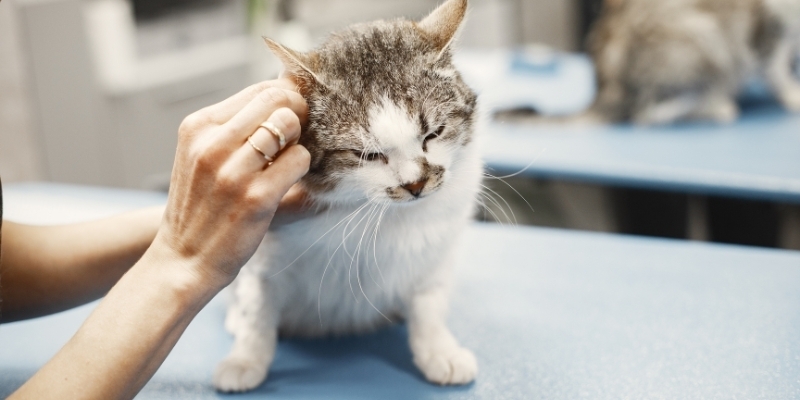Did you know that up to 40% of human medical patients don’t take their own medication correctly as prescribed? Unfortunately, this incorrect dosing may cause the medication to be less effective, or even harmful.
Whether your pet is taking a short course of antibiotics, or is on regular medication to manage a long-term health condition, here are the DO’s and DON’Ts for safely administering their treatment:
DO:
- Administer the medication as directed.
Read your pet’s medication label carefully to confirm the dose and frequency required, and how the medication is administered (e.g. by mouth). To ensure correct dosing, consider writing up a calendar (with boxes to tick off), or purchasing a daily pill organiser box from a pharmacy (which can also help prevent accidental double-ups from different family members dosing your pet). - Confirm any special requirements for the medication (such as administering with food) and potential side effects to monitor for.
Our vets will discuss this information with you at the time of consultation. To remember any particularly important details, write a summary in your phone notes app during or shortly after your pet’s appointment, or ask our vets to write or email you a short summary of your pet’s treatment plan.
DON’T:
- Change the dosage or frequency of your pet’s medication without veterinary approval.
As discussed above, incorrect dosing can be harmful to your pet, particularly in the case of anti-inflammatory pain relief medications and many others. If you feel your pet is still in pain or otherwise not doing well with their treatment, phone our regular team (or after-hours service) to discuss the safest course of action. - Administer any leftover medications without veterinary approval. Combining certain medications or using medications not prescribed for your pet’s current condition can potentially cause harm. Always clarify these details with our vets to ensure the safest treatment.
For personalised advice in regard to your pet’s medication, contact our helpful team!

